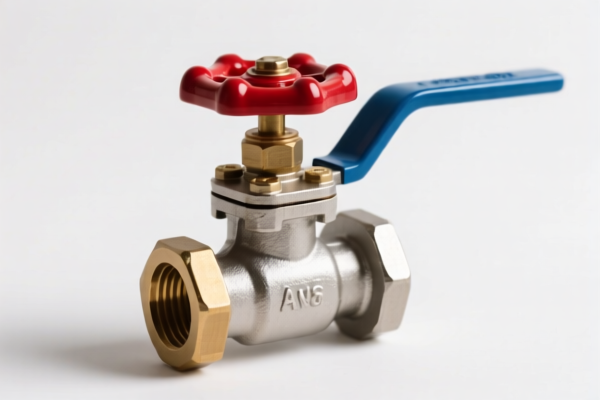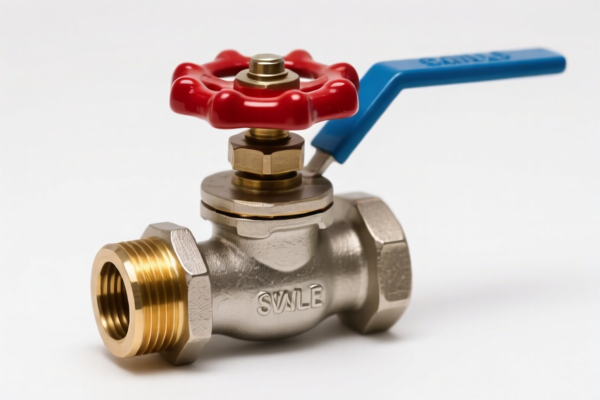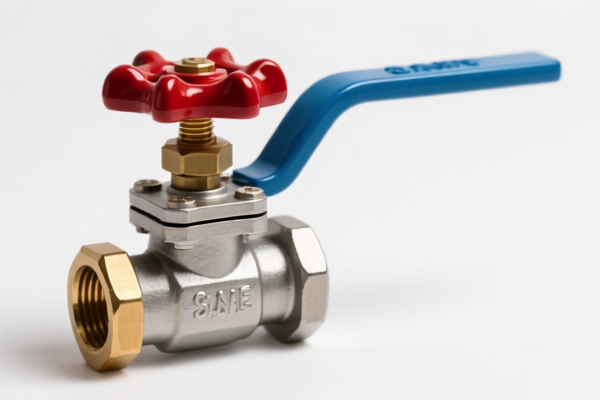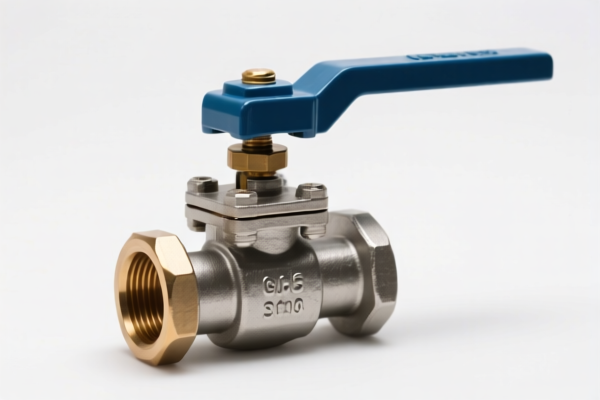| HS Code | Official Doc | Tariff Rate | Origin | Destination | Effective Date |
|---|---|---|---|---|---|
| 8481400000 | Doc | 57.0% | CN | US | 2025-05-12 |
| 7326908688 | Doc | 82.9% | CN | US | 2025-05-12 |
| 7326908688 | Doc | 82.9% | CN | US | 2025-05-12 |




Safety Valve
A safety valve is a mechanical pressure relief device designed to protect a system from overpressure. It automatically releases a substance when the pressure exceeds a predetermined limit, preventing damage to equipment, pipelines, or vessels, and mitigating the risk of explosion or catastrophic failure.
Material
Safety valves are constructed from materials compatible with the fluid they are protecting. Common materials include:
- Carbon Steel: Widely used for steam, air, and non-corrosive fluids. Offers good strength and cost-effectiveness.
- Stainless Steel: Employed for corrosive fluids, high-temperature applications, and sanitary systems. Various grades (e.g., 304, 316) are selected based on the specific fluid properties.
- Alloy Steel: Utilized for high-pressure and high-temperature services, often in petrochemical and power generation.
- Brass/Bronze: Suitable for certain non-corrosive fluids and lower-pressure applications.
- Special Alloys: Used for extremely corrosive or high-temperature environments (e.g., Hastelloy, Inconel).
Purpose
The primary purpose of a safety valve is pressure relief. This is achieved by:
- Preventing Overpressure: Protecting equipment from exceeding its design pressure limits.
- Protecting Personnel: Reducing the risk of injury or fatality due to equipment rupture.
- Protecting the Environment: Preventing the release of hazardous materials due to failures.
- Complying with Safety Regulations: Meeting industry standards and legal requirements.
Function
A safety valve operates based on the principle of direct or pilot operation:
- Direct-Acting: The valve disc is held closed by spring force. When the set pressure is reached, the force of the fluid overcomes the spring force, lifting the disc and opening the valve. This type is simpler and faster acting.
- Pilot-Operated: A smaller pilot valve controls the opening and closing of the main valve. This allows for greater capacity and tighter reseating but is generally slower to respond.
Key components include:
- Nozzle: The opening through which the fluid is discharged.
- Disc: The component that seals the valve closed and lifts to allow flow.
- Spring: Provides the closing force.
- Body: The main housing of the valve.
- Bonnet: The cover that contains the spring and guides the disc.
Usage Scenarios
Safety valves are essential in a wide range of applications:
- Boilers: Protecting against excessive steam pressure.
- Pressure Vessels: Safeguarding tanks and containers from overpressure during operation or due to external heat.
- Pipelines: Preventing pressure surges and protecting against pipeline rupture.
- Chemical Processing: Protecting reactors and other equipment from overpressure due to runaway reactions or other process upsets.
- Oil and Gas Industry: Protecting pipelines, storage tanks, and processing equipment.
- Power Generation: Protecting steam turbines and other critical components.
Common Types
- Conventional Spring-Loaded: The most common type, utilizing a spring to maintain closure.
- Lever-Loaded: Uses a lever and weight to control the set pressure, suitable for larger capacities.
- Pilot-Operated Safety Valves: Utilize a pilot valve to control the main valve, offering higher capacity and tighter reseating.
- Safety Relief Valve: Designed to relieve overpressure from liquid systems, often incorporating a blowdown chamber.
- Safety Valve with Soft Seat: Employs a soft seating material (e.g., PTFE) for tighter shut-off, minimizing leakage.
- Balanced Bellows Safety Valve: Incorporates a bellows to protect the spring from backpressure, improving accuracy and performance.
Based on the provided information, the declared goods "safety valve" can be classified under the following HS codes:
- 8481400000: This HS code covers “Taps, cocks, valves and similar appliances, for pipes, boiler shells, tanks, vats or the like, including pressure-reducing valves and thermostatically controlled valves; parts thereof: Safety or relief valves”.
- 84: Chapter 84 relates to Nuclear reactors, boilers, machinery and mechanical appliances; parts thereof.
- 81: Heading 81 specifically covers taps, cocks, valves and similar appliances.
- 400000: Subheading 400000 further narrows down the classification to safety or relief valves.
Regarding HS code 8481400000, the applicable tax rates are as follows: a basic tariff of 2.0%, an additional tariff of 25.0%, and an additional tariff of 30.0% after April 2, 2025, resulting in a total tariff of 57.0%.
Customer Reviews
No reviews yet.